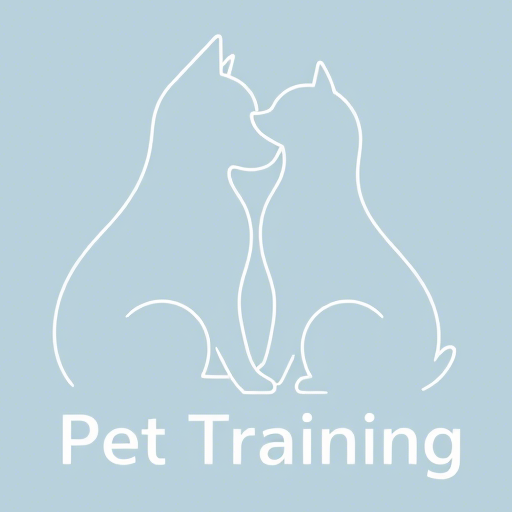Welcome to our complete guide on dog training techniques! If you’ve ever wondered how to turn your playful pup into a well-behaved companion, you’re in the right place. In this article, we’ll dive into everything from basic obedience to advanced skills, all designed to strengthen your bond with your dog. Above all, we focus on humane and effective methods that make training a joy for both of you. So, grab a treat and let’s get started!
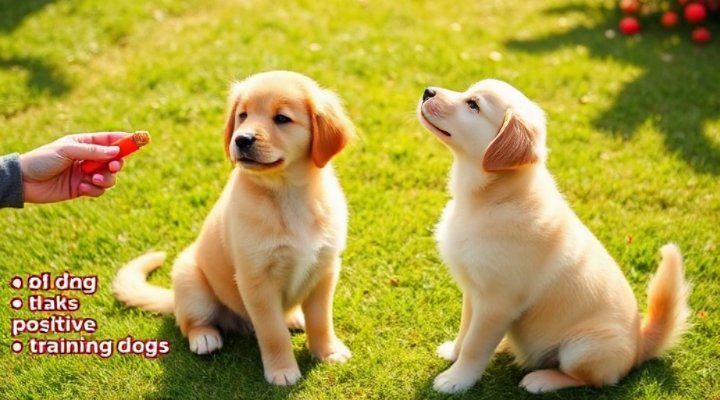
Understanding Basic Dog Training Techniques
When it comes to dog training techniques, starting with the basics is crucial. For example, teaching commands like ‘sit,’ ‘stay,’ and ‘come’ lays the foundation for good behavior. I remember when I first trained my dog, Max; using positive reinforcement made all the difference. That is to say, rewarding good behavior with treats or praise encourages your dog to repeat it. Consequently, this approach builds trust and avoids the stress that punitive methods can cause. Moreover, consistency is key—practice daily in short sessions to keep your dog engaged. If you’re looking for more tips, check out our guide on Petsmart dog training classes for beginners, which covers similar fundamentals.
Positive Reinforcement in Dog Training
Positive reinforcement is one of the most effective dog training techniques out there. In other words, it involves rewarding your dog immediately after they perform a desired behavior. For instance, when Max sat on command, I’d give him a small treat and lots of praise. As a result, he quickly learned that sitting led to good things. This method not only teaches obedience but also boosts your dog’s confidence. Furthermore, it aligns with recommendations from experts like those at the American Veterinary Medical Association, who advocate for force-free training. So, always have treats handy and be patient—your dog will thank you!
Intermediate Dog Training Methods for Behavior Modification
Once your dog has mastered the basics, it’s time to move on to intermediate dog training techniques focused on behavior modification. But, however, this can be challenging if your dog has issues like barking excessively or pulling on the leash. To clarify, behavior modification involves identifying the root cause of the behavior and using strategies to change it. For example, if your dog barks at strangers, you might use desensitization by gradually exposing them to triggers in a controlled way. Meanwhile, tools like clicker training can help mark the exact moment of good behavior. I found that with Max, combining this with our guide on choosing the right puppy food helped maintain his energy levels during training. Above all, remember that patience and consistency are your best friends here.
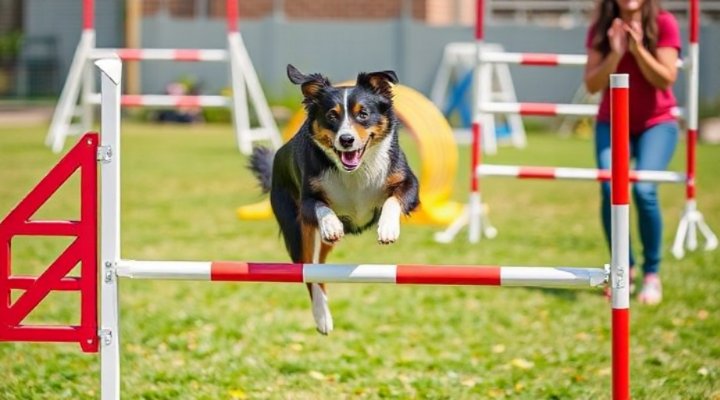
Clicker Training for Precision
Clicker training is a popular dog training technique that adds precision to your sessions. Firstly, you use a small device that makes a clicking sound to mark the correct behavior. Subsequently, you follow up with a reward. This method is great because it provides immediate feedback, making it easier for your dog to understand what you want. Likewise, it works well for complex skills like agility training. In my experience, Max learned to weave through poles faster with clicker training than with verbal cues alone. So, if you’re aiming for advanced skills, give this a try—it’s fun and effective!
Advanced Dog Training Techniques for Skill Development
For those looking to take training to the next level, advanced dog training techniques focus on skill development. These include activities like agility, scent work, or even service dog tasks. Most importantly, these methods require a strong foundation in basic obedience. For instance, before teaching agility jumps, ensure your dog reliably follows ‘stay’ and ‘come’ commands. Further, advanced training often involves higher levels of mental stimulation, which can prevent boredom and behavioral issues. If you’re interested, our article on advanced dog training techniques dives deeper into professional methods. During these sessions, keep things positive and break tasks into small steps to avoid frustration.
Agility Training as an Advanced Method
Agility training is a fantastic example of advanced dog training techniques that combine physical and mental exercise. That is to say, it involves guiding your dog through an obstacle course with jumps, tunnels, and weave poles. Consequently, this not only improves obedience but also enhances your dog’s coordination and confidence. For example, when I started agility with Max, he was hesitant at first, but with encouragement, he now loves it! Similarly, many owners find that agility strengthens their bond. So, if your dog is energetic, consider incorporating agility into your routine—it’s a blast for both of you.

Common Challenges in Dog Training and How to Overcome Them
Even with the best dog training techniques, challenges can arise. For instance, dogs might get distracted, lose motivation, or develop stubborn habits. But, on the other hand, these are normal and can be addressed with patience. To clarify, if your dog isn’t responding, try changing the environment or using higher-value treats. Meanwhile, avoid punishing mistakes, as this can lead to fear and anxiety. Instead, focus on redirecting behavior positively. I recall a time when Max kept jumping on guests; by teaching him to ‘go to his bed’ instead, we solved the issue without stress. Additionally, resources like the American Kennel Club offer great tips for common training hurdles. In short, stay calm and adaptable—your efforts will pay off.
Dealing with Distractions During Training
Distractions are a common hurdle in dog training techniques, but they can be managed. Firstly, start training in a quiet area and gradually introduce distractions like toys or other people. Subsequently, reward your dog for maintaining focus. This approach builds resilience and improves obedience in real-world situations. For example, I practiced with Max in the backyard before moving to a busy park, and it made a huge difference. So, don’t get discouraged—view distractions as opportunities to strengthen your training.
Integrating Nutrition with Dog Training Techniques
Nutrition plays a vital role in the success of your dog training techniques. After all, a well-fed dog has the energy and focus needed for learning. For example, using small, healthy treats as rewards can keep your dog motivated without overfeeding. Moreover, a balanced diet supports overall health, which impacts behavior. If you’re unsure about what to feed, our guide on pedigree puppy food provides insights into optimal nutrition. During training sessions, I always use high-quality treats that Max loves, and it makes him eager to learn. Therefore, consider your dog’s diet as part of your training strategy—it’s a game-changer!
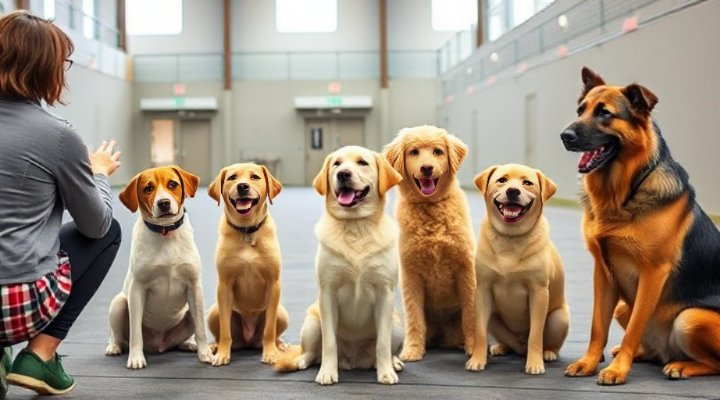
Choosing the Right Treats for Training
Selecting the right treats is a key aspect of effective dog training techniques. In other words, opt for small, soft treats that your dog can eat quickly, so training doesn’t get interrupted. Additionally, ensure they’re healthy to avoid weight gain. For instance, I use bits of cooked chicken or commercial training treats with simple ingredients. This not only keeps Max engaged but also promotes good health. So, experiment to find what your dog prefers, and you’ll see better results in your sessions.
Socialization and Group Training Methods
Socialization is an essential part of dog training techniques, especially for puppies. That is to say, exposing your dog to different people, animals, and environments helps prevent fear and aggression. Furthermore, group training classes can be incredibly beneficial. For example, they provide structured learning and opportunities for social interaction. I enrolled Max in a local class, and it boosted his confidence around other dogs. Similarly, our Petsmart dog training classes near me article lists options for group sessions. In conclusion, don’t underestimate the power of socialization—it’s a cornerstone of a well-rounded dog.
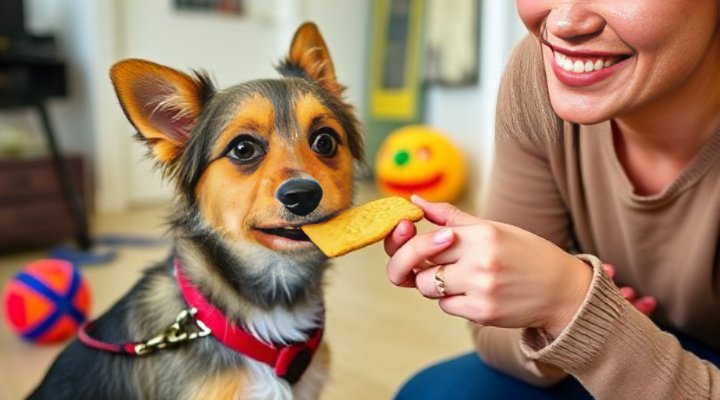
Benefits of Group Dog Training
Group dog training techniques offer multiple advantages. Firstly, they teach your dog to obey commands despite distractions from other dogs. Subsequently, they provide a supportive community where you can share tips with other owners. This environment fosters learning and fun. For instance, in Max’s class, we practiced ‘stay’ while others walked by, and it reinforced his skills. So, if you have the chance, join a group class—it’s a rewarding experience for both you and your dog.
Conclusion: Mastering Dog Training Techniques for a Happy Partnership
In summary, mastering dog training techniques is a journey that brings immense rewards. From basic obedience to advanced skills, these methods help you build a strong, positive relationship with your dog. Remember, the key ingredients are patience, consistency, and lots of love. Whether you’re using positive reinforcement or exploring agility, the goal is to make training enjoyable. So, keep learning and adapting—your furry friend will thrive with your guidance. For more resources, browse our site for articles on dog grooming courses and other pet care topics.
Keywords: dog training, obedience training, behavior modification, positive reinforcement, clicker training, advanced dog skills, puppy training, dog training methods, canine training, training strategies.
